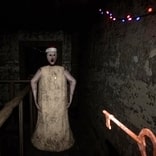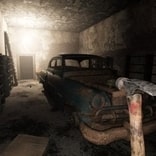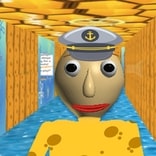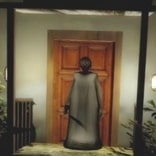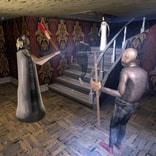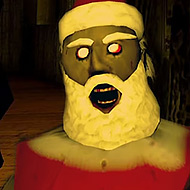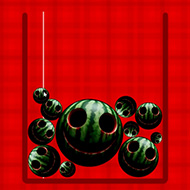Dead Plate is a survival-horror escape challenge that pushes your decision-making skills to the limit. With confined spaces, deadly threats, and limited resources, you’re constantly forced to adapt or perish.
Progression Through Trial
Progress in Dead Plate doesn’t come from upgrades or experience points. It comes from mastering the game’s logic, recognizing patterns, and acting with precision. That’s what makes each run meaningful.
- Procedural elements make each session unpredictable.
- Backtracking is often necessary but dangerous.
- Visual clues help identify useful items or enemy zones.
Environmental Interactions
You’re not just running and hiding. You’ll need to interact with objects to manipulate the environment and open new paths. These interactions are often noisy or time-consuming, which adds tension.
- Generators restore power but require multiple steps to activate.
- Locked cabinets contain critical tools or clues.
- Noise-emitting objects can distract enemies—if used wisely.
Replay Value and Challenge Modes
Once you finish the basic route in Dead Plate, you unlock harder modes. These increase enemy difficulty, reduce item frequency, and introduce environmental hazards that weren’t there before.
- Hard mode has no hints and fewer hiding options.
- Timed escape mode pressures you to complete objectives before alarms sound.
- Survival runs track your score based on time, stealth, and damage taken.
Dead Plate delivers a consistent experience of tension and strategy. It’s a game that doesn’t hold your hand but offers rewarding depth for those willing to study and learn its systems. Every mistake is a lesson, and every success is hard-earned.


